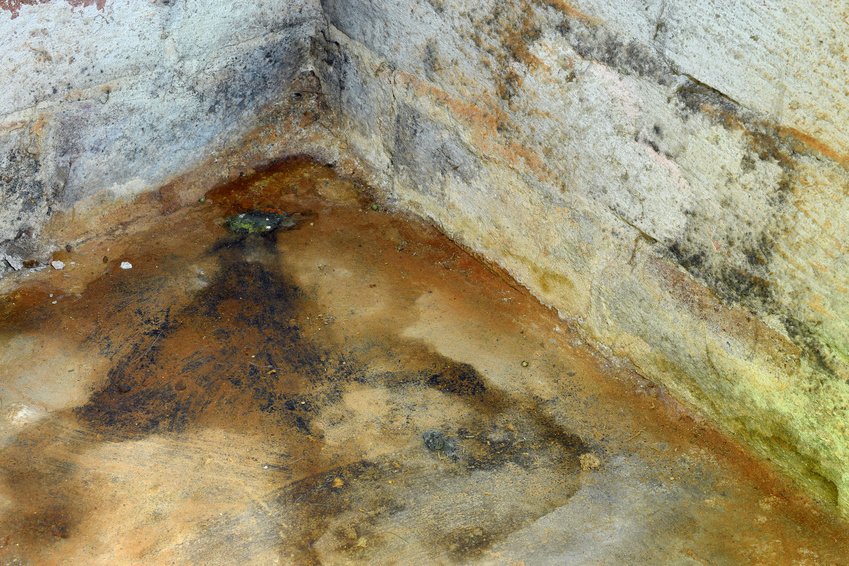In many homes, mold is the unwelcome resident no one wants to talk about. Mold is unpleasant, unsightly, and in some cases, mold can even harm an individual’s health. When left unaddressed, mold problems can become even worse.
Though an unpleasant topic, discussing mold is important for dispelling myths surrounding mold prevention and removal. If you’re a homeowner avoiding a possible mold problem, don’t believe these three myths, and get to work removing that unwanted fungus for good:
Myth #4: Killing Mold Ends the Problem
Sometimes, homeowners notice a mold growth and decide to roll up their sleeves and start scrubbing with vinegar or commercial cleaners. For small amounts of mold in cupboards or refrigerators, this method is effective. However, for larger mold growths in basements or crawl spaces, this strategy simply is not enough. Killing mold with chemicals may temporarily stop its spread, but dead mold can still trigger allergies and asthma.
Even total mold removal may only temporarily stop the problem since mold growth can return. To deter mold for good, waterproofing strategies and moisture removal are often necessary. A waterproof crawl space, waterproof basement, or low-moisture home is the best way to truly end a mold problem.
Myth # 5: Mold Only Grows in Dirty Homes
Contrary to common beliefs and stereotypes, mold can grow pretty much anywhere that is moist. Old homes, new homes, clean homes, and dirty homes are all equally susceptible to mold growth. Even if you think that you’ve been keeping a pristine home with thorough and regular cleanings, mold can still grow in hidden areas, like crawl spaces, under tiles, and behind wallpaper. To keep mold out of these areas, a crawl space dehumidifier or room dehumidifier may be needed. Ultimately, professional testing is the best way to know if your home has been “dirtied” with mold.
Myth # 6: Mold Takes Years to Develop
While mold can grow slowly over many years, this is not exclusively the case. For example, flooding can bring unprecedented moisture to a basement, causing a mold explosion. After a flood, mold can develop in 24 to 48 hours, so take swift anti-mold action and dry out the area within this time frame. Consider hiring professionals to help you regain a dry basement after a large flood. To prevent minor flooding, waterproofing experts can also help you create a waterproof crawl space or basement to keep unwanted moisture, and mold, at bay.
Don’t believe these myths, and address your mold problems quickly and properly. For more information about mold removal or creating a waterproof crawl space, contact Dry Tek Environmental today!


